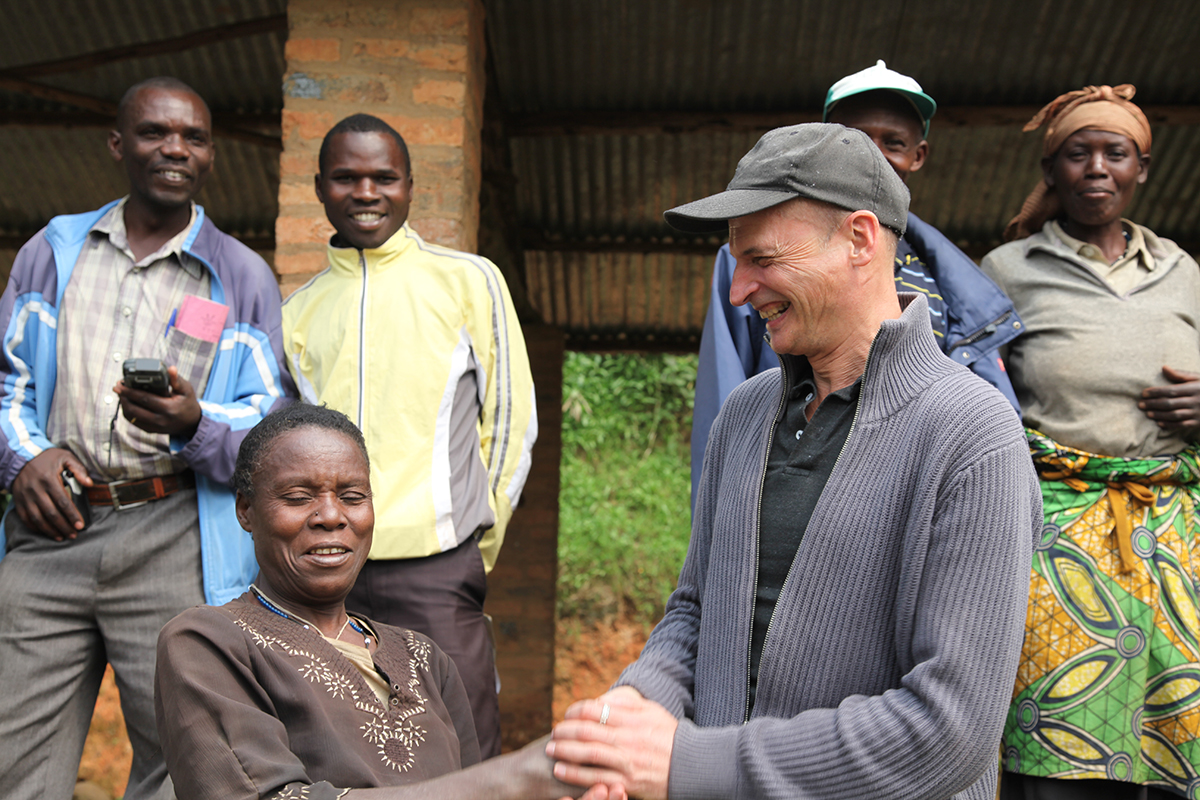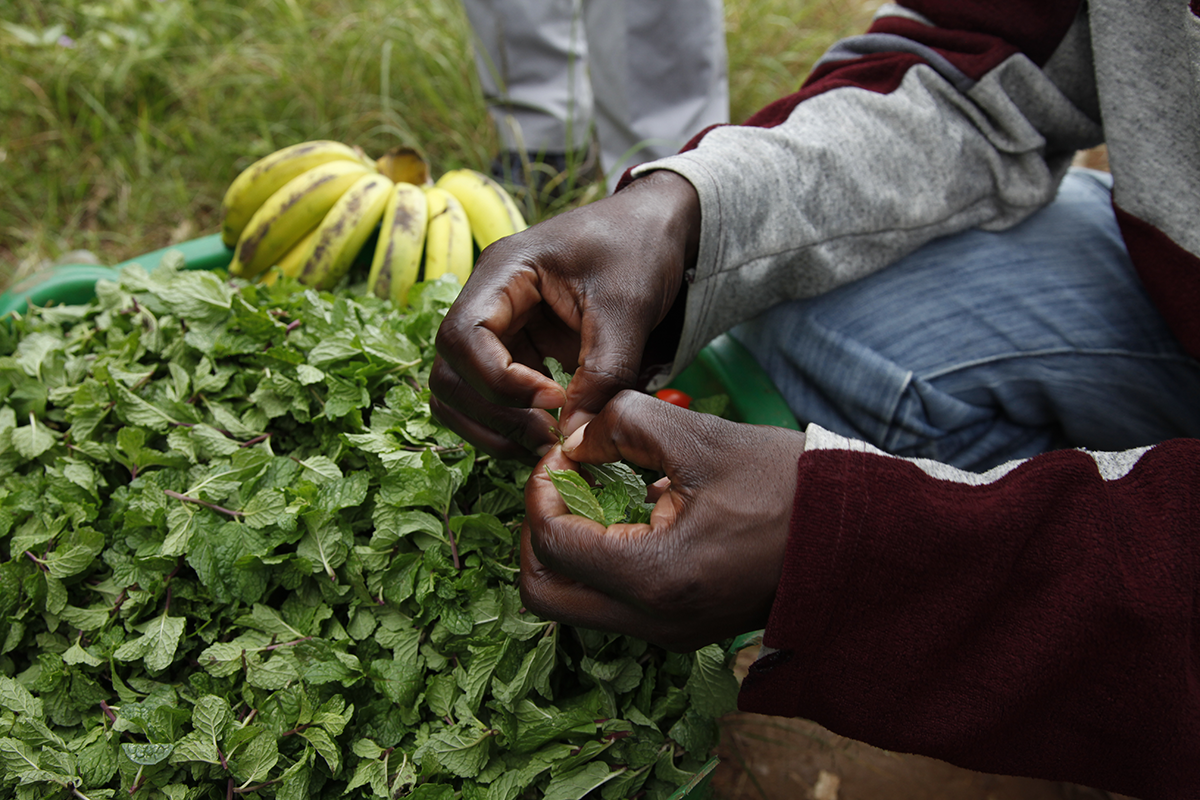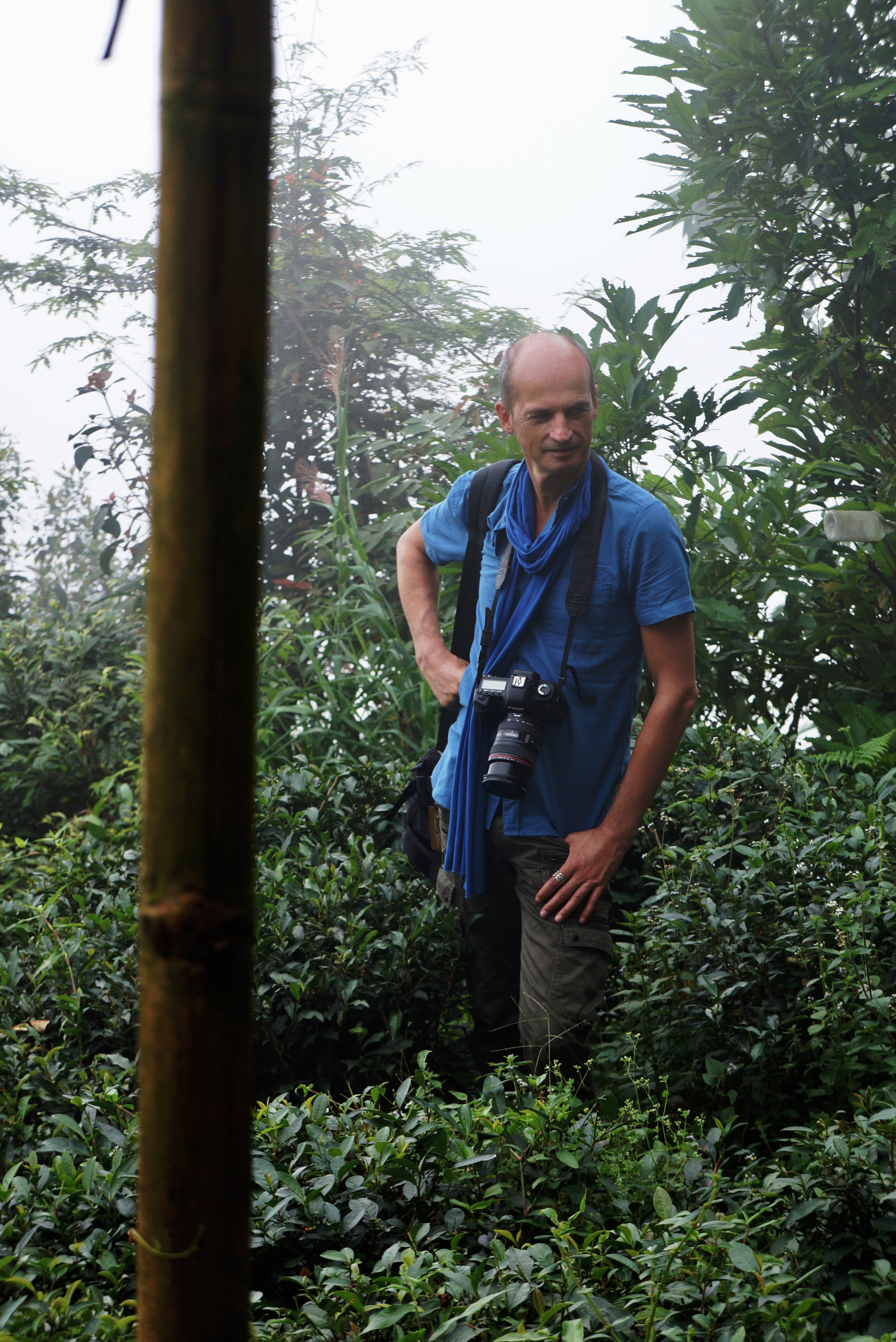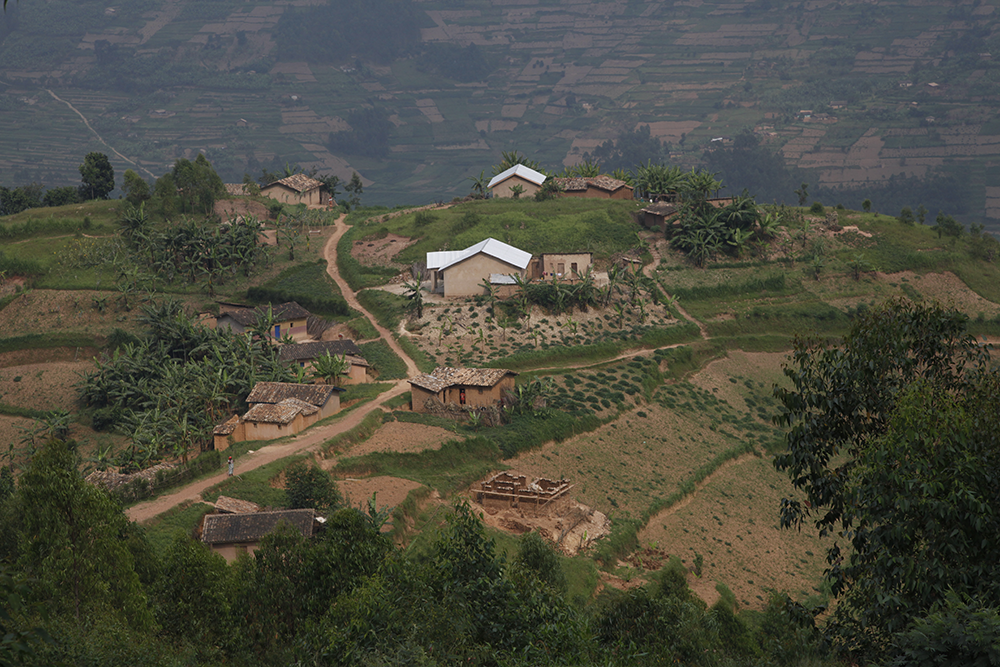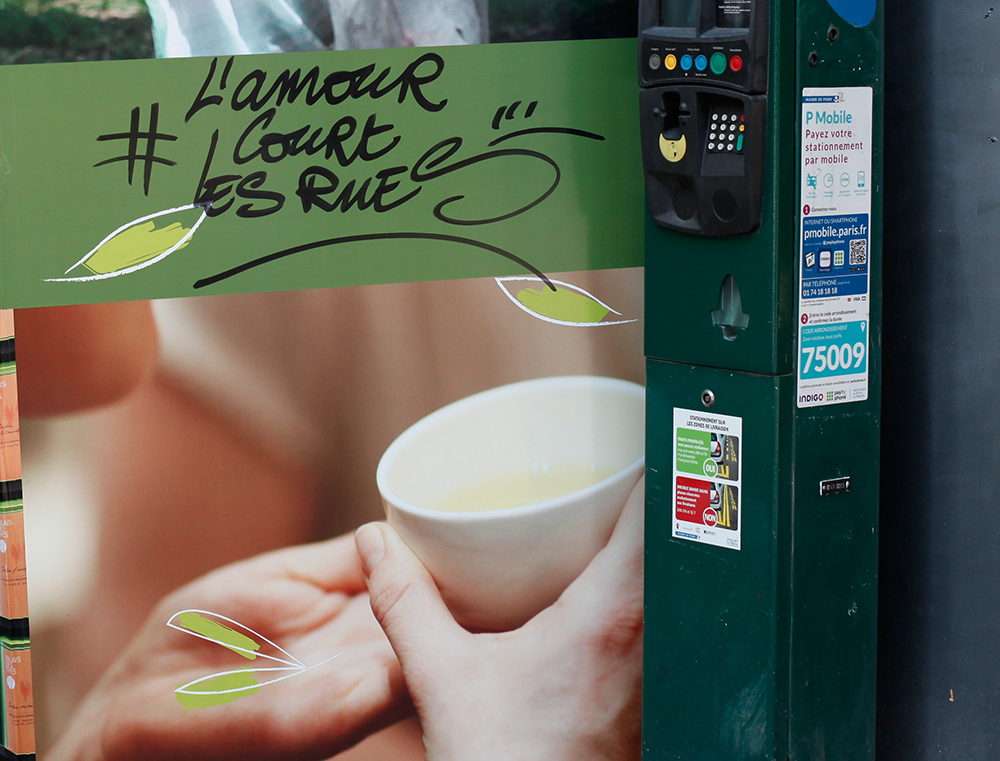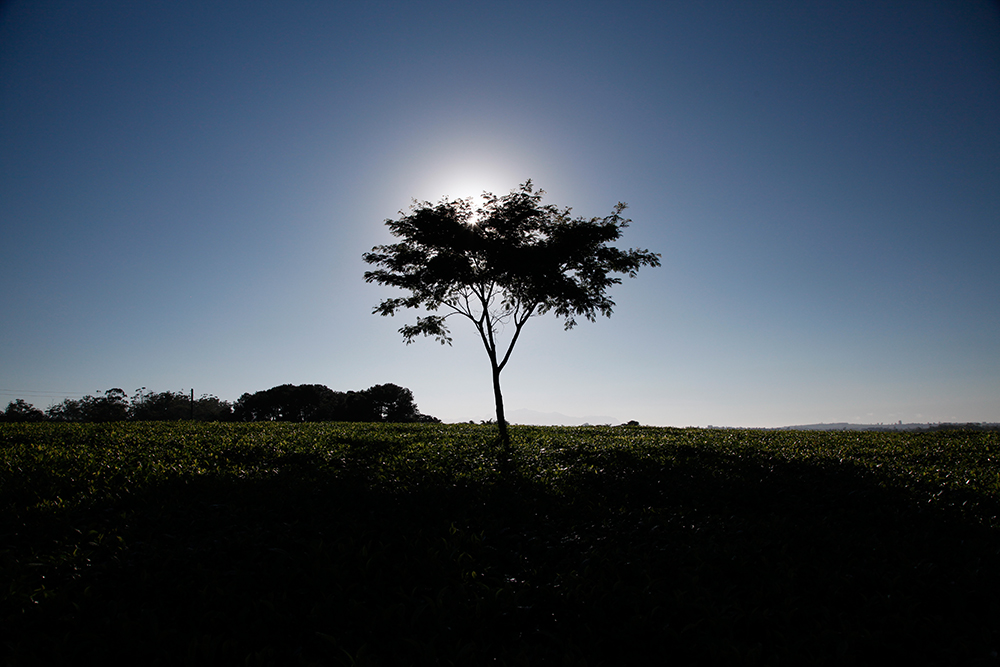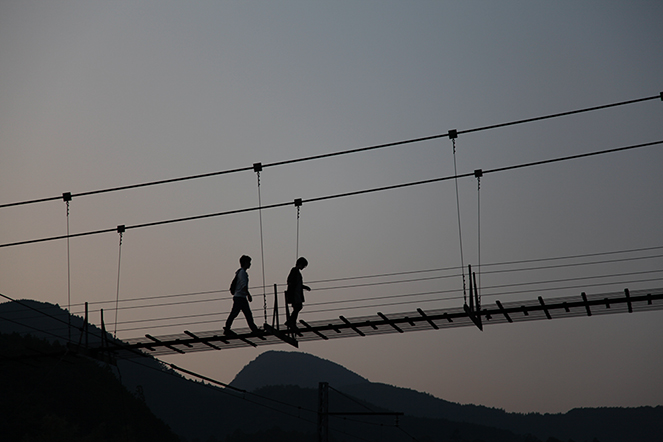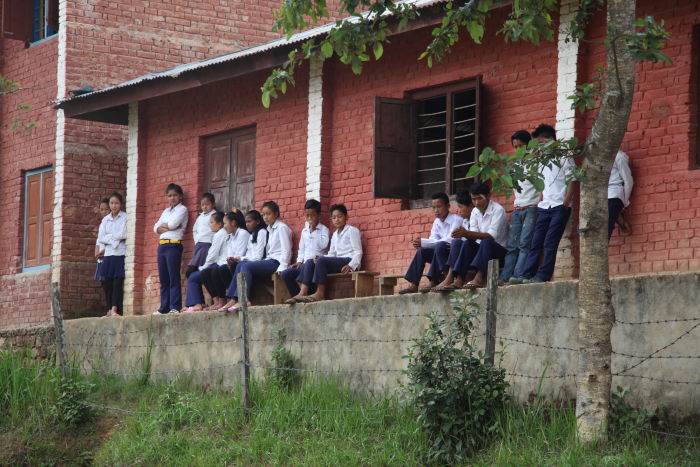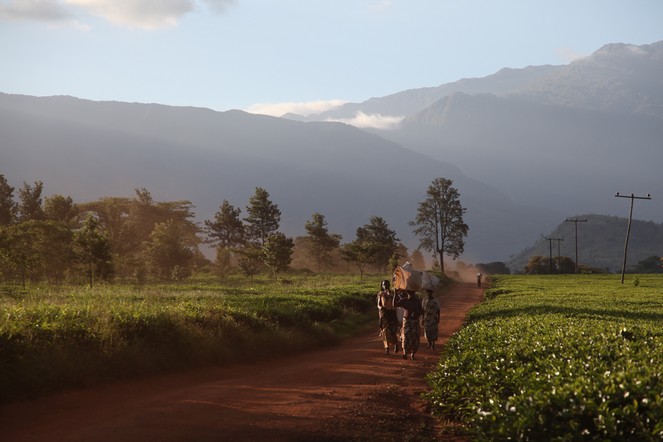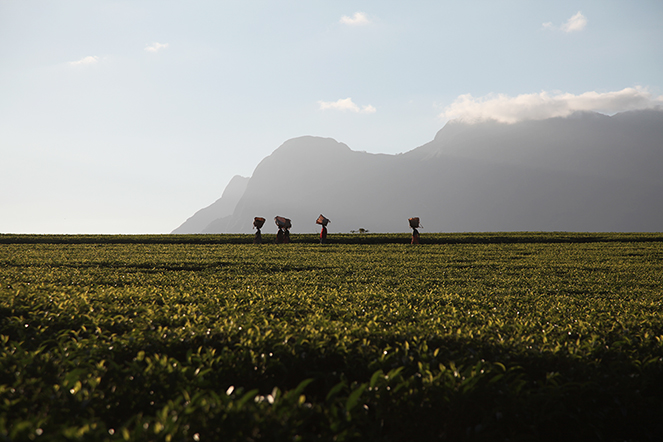Naturally, I have emotions. I never return from my travels unmoved. Yes, in the strictest sense my job consists of visiting tea fields, talking with producers, tasting, and understanding how the tea is made. But in practice my work doesn’t stop there. It’s not just about tea leaves, plants, machines, flavours. Most of all, tea is about people. Men and women. Smiles, surprises, joy, pain, laughter, fear, curiosity, anxiety, fun, desires, challenges, suffering, pride, hopes and dreams… The people I meet up in the mountains give me all this. So as soon as I see a familiar landscape, I feel moved. I think back to the time I was there before, to the people. I remember what I learnt about life in those places. I remember my feelings. I don’t wear armour when I travel. A journey is like a shipwreck, and people whose boat has not sunk will never know the sea, wrote Nicolas Bouvier, a writer I love. So, sometimes I sink. I return a different person from when I set out; I’m not exactly the same on my return. And sometimes I don’t want to come back. I want to lose myself. People’s lives touch me, their emotions touch me. I have this incredible opportunity to meet people who are different from me, different in every respect – in their culture, religion, language, ethnicity. Different, but the same in that we are all human. And often, when I come back down from a mountain after spending several days up there, I need to rest. To take a break before I reach the valley. I need to sit at the roadside or at the edge of a field before going back to the city, before forgetting, forgetting why I left this place I already loved. When I come back down from my mountains, I need to stop, take a breath, not let things go too quickly. I need to dream, to cry, sometimes, to be aware of what I’m leaving, to not be in a rush. I simply need to breathe, to fill my lungs one last time with blue air; to live.
Emotions
Farmers diversify their crops
This photo may seem odd, and rightly so: these aren’t tea leaves, but mint. However, this photo perfectly illustrates an aspect of my work. Many small producers around the world grow tea, harvesting and selling the fresh leaves to a co-operative, a farmer bigger than they are, or a company, who then processes the leaves. These small producers can sometimes have strong economic power, when demand for leaves is higher than supply. But more often than not they’re dependent on the buyer. So it’s always better if a small producer makes only part of their income from tea, and grows other crops alongside it such as potatoes, ginger, fruit and so on. This protects them from fluctuations in the price of tea, and gives them greater peace of mind.
Blue and green
Blue and green are my favourite colours. Blue, because the sea has been very important to me, and the island in Brittany where I spent all my childhood summers taught me a lot about life. The blue that comes and goes with the tides, a blue that turns green then brown when the tide goes out, the blue of the swollen sea, the blue of Brittany’s skies (though there are those who love its drizzly rain too)…
Blue and then green, the green of tea fields, the green of camellias, a dark green or a yellowish green, depending on the variety. A glossy green or matt green leaf, depending on whether you look at it from above or below. The green of the rice fields that meet the slopes covered with tea plants, the green of forests, so essential to keeping our climate balanced, the dark green of cryptomeria japonica, that spindly, rather bare tree that I love, found from Kyoto to Darjeeling, whose needles hold the mist so well. The green of the forest school I attended, the green of the countryside, of my little piece of nature where I’m so happy, the different greens of all the herbs I use to season my food, the green of young shoots, the green of springtime, the green of nature awakening; green, the symbol of life.
“What’s the news?”
There’s something no planter will ever stop me from doing, and that’s walking – setting out on foot for at least one or two hours, every day. I love it. Alone or in company, either way, I love to walk; I love meeting people, observing the changing light and weather, the beauty of blossom, the colour of cloth. I like to sit down on a doorstep and exchange smiles with people I know nothing about but with whom I share a connection, because we live on the same planet, of course, and also because tea probably plays a part in their lives too. You can learn a lot by walking: about the way people live, the methods they use to grow tea, the weather, the geography, and then all those colours and smells. Of course there are strange creatures too, sometimes snakes that are completely unknown, weird insects, things that jump. But I feel good. I sit on the edge of a rock when I want to admire something, when it’s beautiful, and simply because it’s good to take one’s time, to ask oneself what our purpose is on our small planet, to ponder the meaning of life. Tea makes you slow down. And tea also teaches you to be still, to learn to breathe, literally and figuratively; it teaches you to stop being so restless, running around from morning to night without really knowing why.
Here, three hours north of Kigali, on the little paths that wind through the mountains, there’s a lovely way to say “hello”. When you meet someone else, they greet you by raising their arms as if you’re a long-lost friend, with a joyful “Amakuru!” And this hello means “What’s the news?”
Love is in the streets
On the hoarding surrounding one of our stores during renovation work, above an image of a cup of tea held carefully in two hands (we don’t know if it’s being handed to someone or being admired, but we can tell it’s the focus of attention), there’s some graffiti that makes me happy. A friend pointed it out to me. It’s a statement, a piece of important news. It’s worth stopping to look at.
Usually, I tell you about my travels far away on the other side of the planet, often in the mountains covered in mist, but it’s also good to pay attention to one’s immediate surroundings, and not always tell oneself that the grass is greener, that life is undoubtedly better, elsewhere. L’amour court les rues. Love is in the streets. This is good news. Because we demand it, the media constantly bombards us with bad news and forgets to give us this essential information: love is in the streets.
From Paris to Bamako, from Brussels to Istanbul, we sometimes have reason to doubt it, but love is in the streets because it’s written here, and it’s much more newsworthy than some other events. The graffiti in question is actually located in a street that Saint Denis passed through, just after his head had been cut off, and he was holding it in his hands, on his way to the place where the basilica bears his name. So not only is love in the streets, but it came after the martyrs, reminding us that love is more powerful that all hatred put together.
What if this graffiti artist was right? What if love was in the streets and we didn’t notice it, because we didn’t have time, we weren’t present, weren’t paying attention, weren’t aware? Because we were lacking altruism, Matthieu Ricard would say? We must try to be happy, even if it’s just to set an example, wrote Prévert. We could try to make the streets a bit more human, smile at ourselves, be kind to ourselves whenever we can, look after ourselves, say thank you when appropriate, help ourselves when necessary. Yes, love is in the streets, so let’s welcome it instead of not seeing it, let’s make room for it. It’s up to us. Let’s not let it go.
For My
For many people who work with tea, it is not an industry like any other. There can be a lot of love in tea. A lot of generosity and humanity. There can also be a lot of passion, among aficionados and producers, as well as the people who work in our stores, and give you advice. I would like to dedicate this photo to My, who worked for many years at Palais des Thés in Brussels, and who also loved to draw. She left this world far too soon.
A bridge to the New Year
To celebrate the New Year I’ve chosen this photo taken in Japan, in the Shizuoka region. I love rope bridges, those pathways over a void, which are sometimes crossed with a touch of apprehension that quickly disappears. I wish you a happy and peaceful year. I hope your path is joyous. I hope you live in harmony, harmony with yourself, harmony with others. I hope we can live rewarding lives among those who we may have been able to help find fulfilment.
Building a harmonious future
Time for a get-together
It is up to us to protect nature
Most countries of the world have met in Paris to try to find a solution to the ecological catastrophe threatening us. First, we need to remind ourselves that we are responsible for this catastrophe. So it is not the catastrophe itself that threatens us, it is ourselves. Humans have, despite their so-called superiority, managed to become a major danger to all living creatures, all ecosystems, and also to themselves.
It is up to us to change our ways. There is no fate. In fact it is not scientific progress that is leading to global warming, but the behaviour of a tiny minority of the people living on this Earth, who are monopolising most of our resources for their own benefit and to gain maximum profit from them. They consume at a frenzied pace, with complete disregard for our natural surroundings.
We must reconcile ourselves with our environment. We need to understand that we are just a part of it, and that to live in harmony with our environment we must accept that we are simply its inhabitants. We must understand that a river, a mountain, a forest, a swamp, an ocean or a high plateau is an ecosystem in itself and that it too has its own existence. An existence that demands our attention.
We will start to do better, and so will the planet, which gives us its resources and its beauty, when we have understood that Earth is not here to serve us humans. That we do not own it. That we have no rights to it, except to protect it, with all its richness and diversity. And that we have better things to do with our lives than to measure our success through what we consume.

